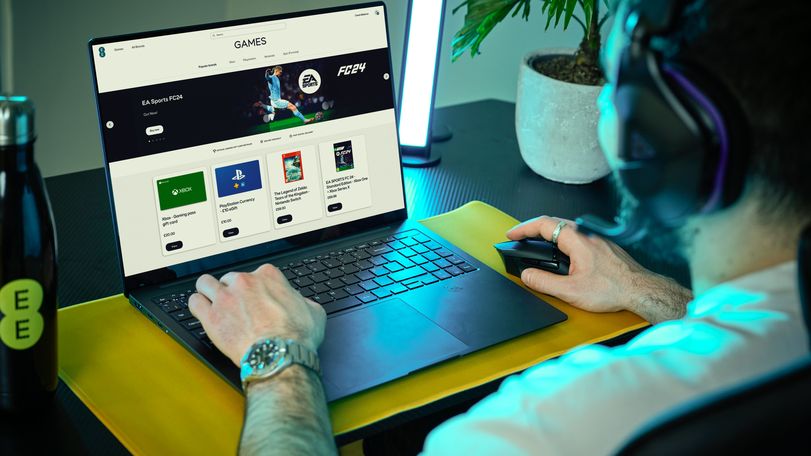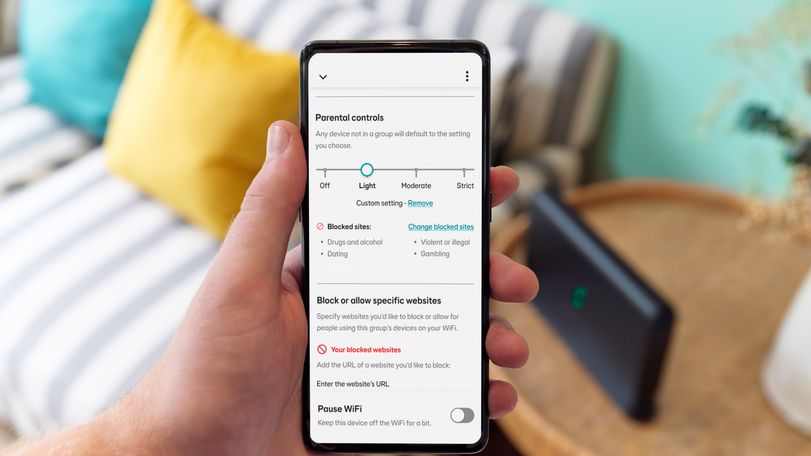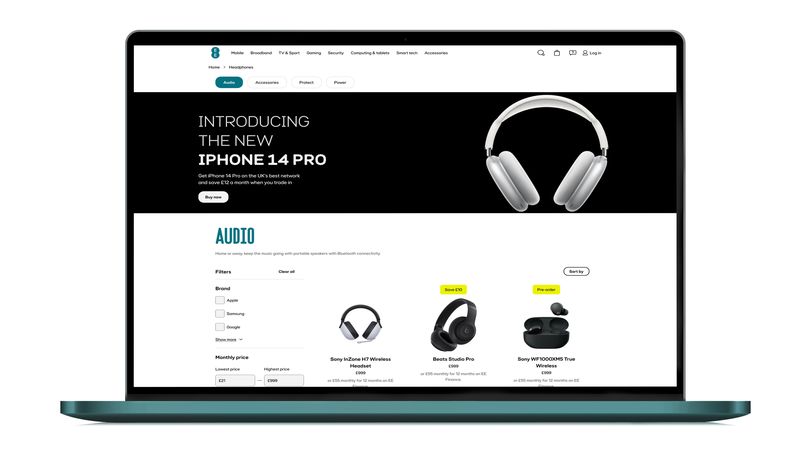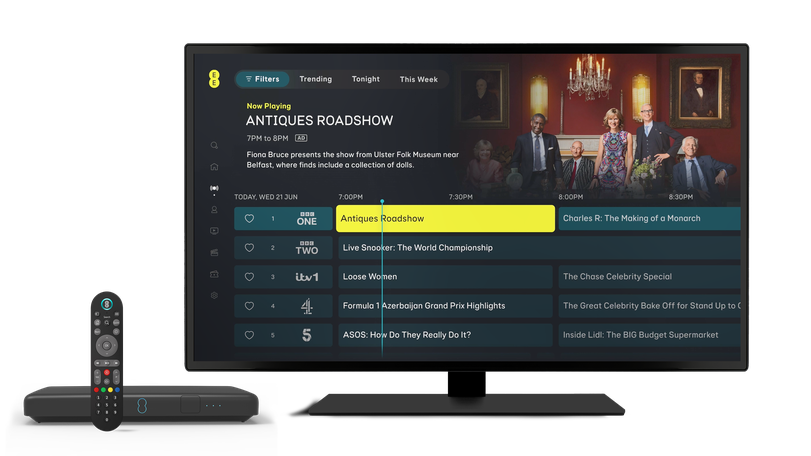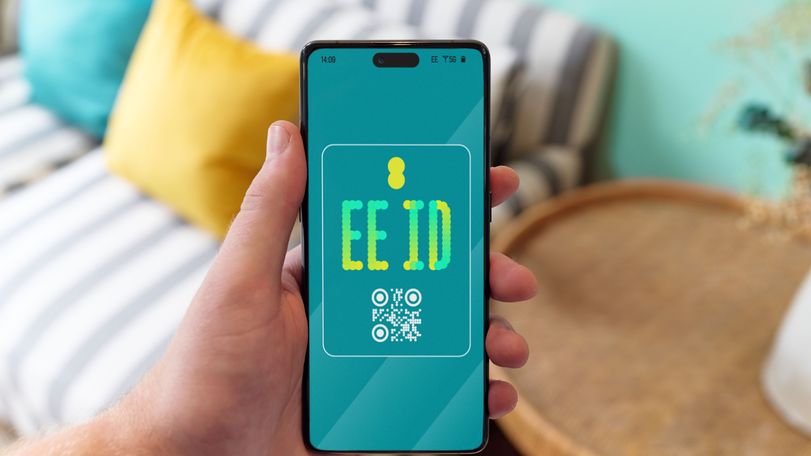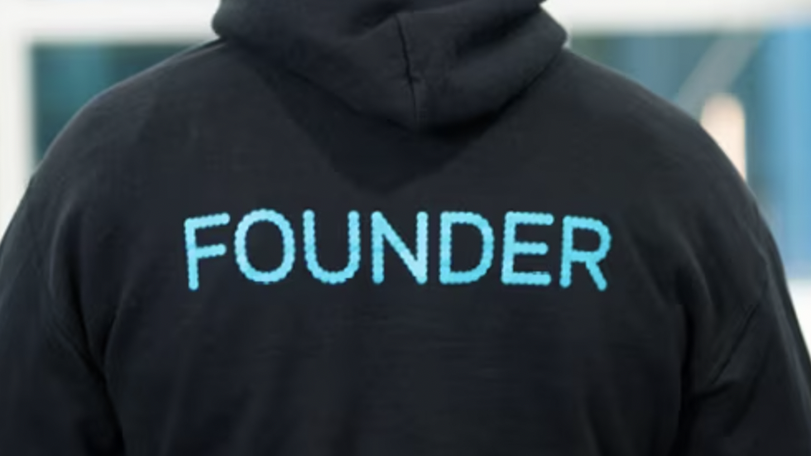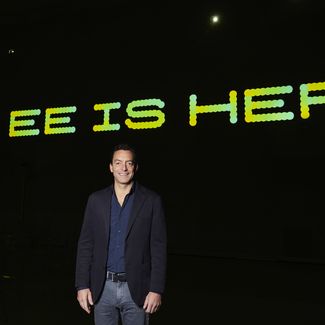
Anatomy Of A Transformation
Marc Allera And The Three Year Thrust To Transform EE
Marc Allera CEO of EE and BT’s Consumer Division on leading a radical overhaul of a legacy business
Pretty much every Friday morning Marc Allera, the CEO of EE and of the Consumer Division of BT Group, can be found at number 40 Chancery Lane, home of Saatchi & Saatchi.
It’s been a regular date for the last three years as Allera, his CMO Pete Jeavons, and a core agency task force - led by Saatchi – have plotted one of the biggest reinventions in modern corporate history.
At its core, the transformation has been driven by two key forces - the disconnect between the EE and BT businesses and the pace of technological change.
It's hard to overstate how distinct the two sides of the Group business were. EE, the relative newcomer - launched in 2012 and acquired by BT in 2015 for £12.5bn, was pack-leader in the fast-paced, youth-skewed mobile network market. BT was a legacy provider of telephony services for business and domestic customers with a heritage dating back to 1846 and the launch of the Electric Telegraph Company, the world's first public telegraph company.
“Everything about BT and EE was different,” Marc Allera explains. “And very different. Not a little bit different, but very different. It’s almost like saying we both play sport, but one's playing rugby and one's playing football. I mean, they're completely different sports.”
The disconnect between these two brands - not just in services and market positioning but fundamentally from top-to-bottom through the corporate infrastructures - was increasingly problematic, and even more pronounced when its leaders looked ahead at the fundamental reshaping of lives that are being promised by AI and attendant technological advances. “There's a huge amount of change coming in our industry and I wanted to make sure that we were in the best possible position to take advantage of the opportunities, but also deal with some of the incoming turbulence,” Allera explains.
Customers were demanding change too. They felt increasingly overwhelmed, found some technology incredibly confusing, they had too many devices, too many subscriptions, they were drowning. “And our brand strategy – one brand for fixed (BT) and one for mobile (EE), and some other brands around TV and sport was adding to that complexity for them,” Allera admits. “So that was the genesis of why one brand.”
Three years later and BT has been retired as a consumer-facing brand, with the new EE taking its place from last autumn. “For the level of modernity and stretch for all cohorts of customers, EE just came out stronger,” says Allera. “And we had to place a bet, and that was that was that.”
It's fair to say, upfront, that the supremacy of the EE brand also owes a debt to the strength of the advertising created for it by Saatchi & Saatchi. Saatchi launched EE into the UK in 2012 and has helped build it into the UK’s number one mobile provider, underpinned by the now iconic ads featuring actor Kevin Bacon.
“We did get a huge amount of help and inspiration from the creative team at Saatchi - and, most importantly, not just help on the advertising, but on the customer, on the spaces in the market, on how to reposition,” says Allera.
The relationship between client and agency has become one of the industry’s best case studies for true business partnership, from the top of both companies down. Publicis Groupe’s global chief client officer Magnus Djaba is an essential component in making the relationship work; his bonds with Allera are solid. It’s not many agencies that can command the time and attention of their client CEO for several hours every week – and in their own offices to boot. “I suppose it's quite unusual for someone in my position to do that – you know, obviously I’m not running the marketing department,” Allera admits. “But that is the place where I get the stimulation and the ideas. And what we discuss in those meetings, mostly, is not the advertising, it’s about where we go next. I'm not sure my team love me being there every week, but it's great, I think we work really well together and we co-create.
But it’s a partnership which flows down, through CMO Pete Jeavons’ trusted relationship with chief creative Ben Mooge and chief strategist Richard Huntington and on and on. As Allera says: “I think it is a great example of a company and an agency working together as genuine partners, because it's about focusing on the customer and focusing on the business problem, not about next month’s ad, and really thinking long term about it. Saatchi is an important piece of the jigsaw and a significant partner on this journey. No doubt.”
Of course, deciding to retrench BT to a business brand represents a palpable risk. The brand’s lineage stretches back to the 1840s – though the British Telecom name only made its debut in 1980 – and for many, particularly older, customers it remains a national icon. It’s a risk Allera is all too aware of, but he counters: “There would also have been huge risk if we'd chosen BT and suddenly said BT has now got to become really modern, and be synonymous with mobile and synonymous with a bunch of things that BT isn't. And it would have been risky if we’d decided to go with a completely new brand.” The truth is, he admits, “None of them are easy choices. And none of them are a silver bullet.”
Another truth, he says, is “it’s not really about the name, or the logo, it’s what the product’s actually doing that’s the most important thing”. And what the new EE is doing is offering customers a new platform on which to build their digital lives – from mobile phones, to wifi, to entertainment and gaming, to home security, to online education and on and on. And you don’t need to be an EE mobile customer to, say, use the gaming platform or security services – the platform itself is agnostic.
To deliver on all of this, the BT Group has had to go through a wholesale restructuring of the entire BT and EE businesses. “We had two brands, two very different teams of about 12,000 people each, two different IT estates - architecture, digital platforms, apps, different cultures,” Allera admits. “So what we've been doing over the last few years is completely overhauling the digital architecture and IT architecture so we've got one common platform now that we're building on. And one of the most significant changes is we've created a customer account layer that sits above the product layer. In the old world, you could only have a relationship with us if you bought a SIM card, a phone or a broadband router from us. And all of our architecture was wired to support that. There’s a really key strategic thought here now, which is we are setting ourselves up to become a digital platform for everyone in the UK. We’ve got the brand strength, the assets, huge trust, the data that most companies would die for, plus 25 million subscribers. So we think we can also become a great retailer in gaming - where we've become one of the top three retailers in the country, in insurance and cybersecurity, in consumer electronics and so on.”
Taking the 24,000-strong BT/EE workforce on the journey with him has been key to Allera achieving success on the ground - in the EE stores, in customer service, installation. “We’ve made everyone who works for us a ‘founder’ of the new EE,” Allera explains. “We’re very, very proud of what they’re doing and we want them to be too. It's amazing what teams can do, actually, when you ask them to step up and it is very motivating to be leading the team through this level of change.”
Few of us ever get the chance in our careers to completely rearchitect a business. The point is not missed on Allera – himself a former marketer – and he’s clear that this is a once-in-a-career moment that has been a real privilege to execute. “When I think about the document that I wrote during COVID, and sent on to the team, saying ‘look, this is what I think we're gonna need to do’ – it was just a couple of pieces of paper and now here’s the reality, we’ve done it, and it's an incredible thing. I’m trying to take the time to really pause and reflect and celebrate. I think it's an incredible achievement from the team, and they've just been heroic in some of the things that they've done.”
